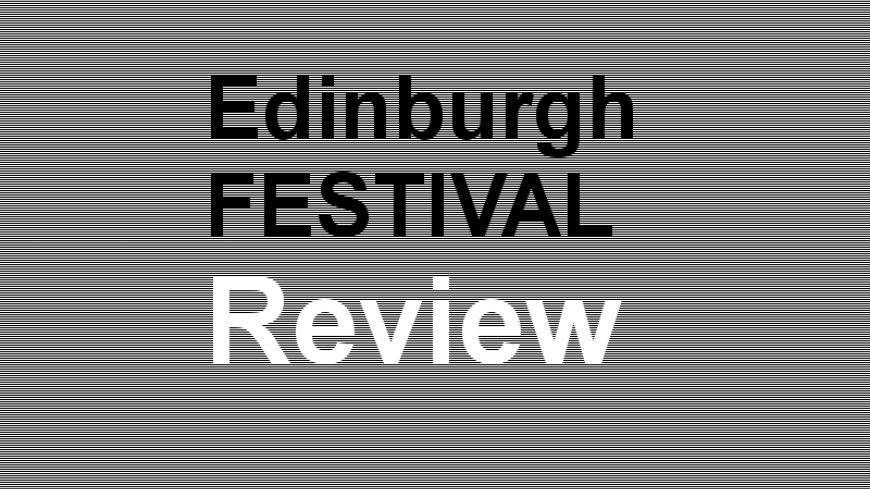
In his introductory discussion of ‘A Military History of Scotland’ Edward Spiers was careful to point out that the book in question, some 900 pages in length, weighty in both senses and costing £150 was neither ‘definitive’ nor ‘comprehensive’, as a number of journalists had claimed.
Spiers, however, attempted to achieve something of the latter if not the former in his opening remarks. Military history, however, still suffers, perhaps by the necessity of command, from an absence of ‘history from below’ and thus has a tendency to focus on great commanders rather than the rank and file, or even the middle and lower managerial levels (junior officers and sergeants) who keep any military machine on track.
Robert de Brus (Bruce) got high praise from Spiers as a guerrilla commander, but Bannockburn was won by burgess spearmen and victory confirmed by a precipitate charge by the ‘sma folk’ – the baggage guard of Stirlingshire peasants. One wonders if their pugnacious spirit still persists among the tenants of the Rapploch, Stirling’s equivalent of Muirhouse or Castlemilk.
‘A Military History of Scotland’ boasts a splendid range of highly informed expert opinion – Martyn Bennet (the ‘other’ Martyn Bennet as this reviewer thinks of him) on the Wars of the Three Kingdoms of the 17th century, Professor John Childs on the early eighteenth century and Christopher Duffy on the Jacobite period. Other eras seem to be equally well served.
In the ensuing discussion in which the audience enthusiastically participated, a question was raised concerning Scottish naval history – i.e., why there seemed so little of it. Yet this reviewer remembers from his early schooldays the story of the Yellow Carvel and its battles against English privateers, the Great Michael (one of the largest warships in Europe in the early 16th century). Perhaps a further (admittedly perhaps rather slimmer) volume on Scottish naval history is required?
Other interesting aspects of this discussion covered the recruitment of highlanders and the possible influence of topography and societal organisation on military abilities and recruitment. Perhaps unfortunately this led to speculative comments on the likely composition of any post-independence Scottish military establishment, and something of a loss of focus on the book and its contents.
As one contributor pointed out at the start of discussions, the cost and length (presumably related) of the book put it outwith the reach of many potential purchasers. Academic publishing certainly faces many challenges as the nature of book production continues to change. Yet a substantial market would seem to exist for books of this apparent quality and scope. One can but hope that Edinburgh University Press is aware of this.
A Military History of Scotland, Edward Spiers, Jeremy Crang, Mathew Strickland (eds) Edinburgh University Press, £150.

